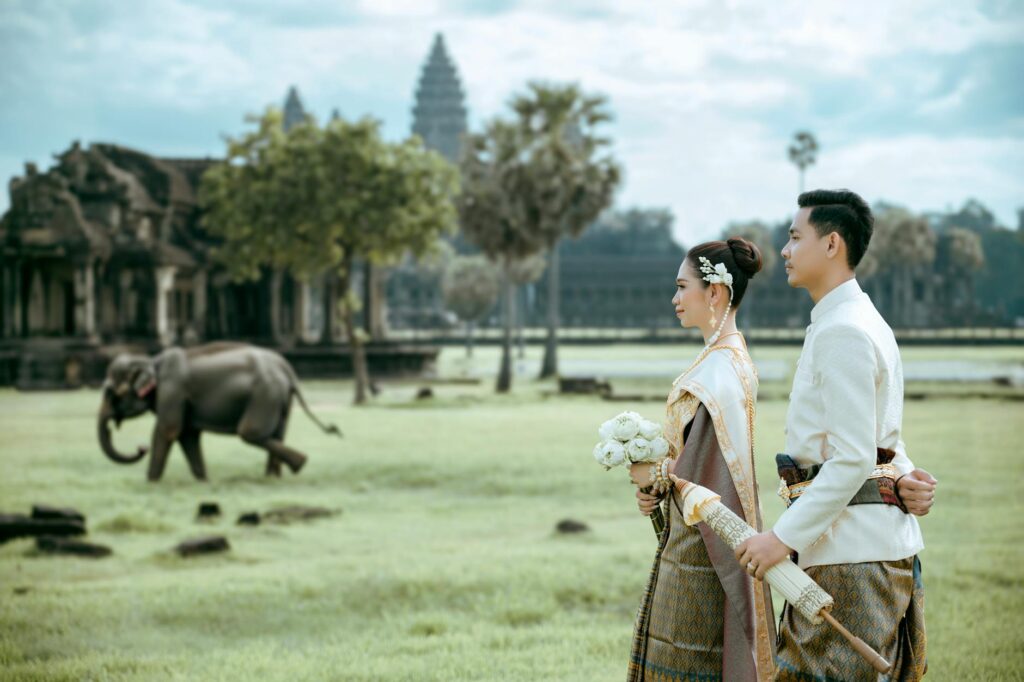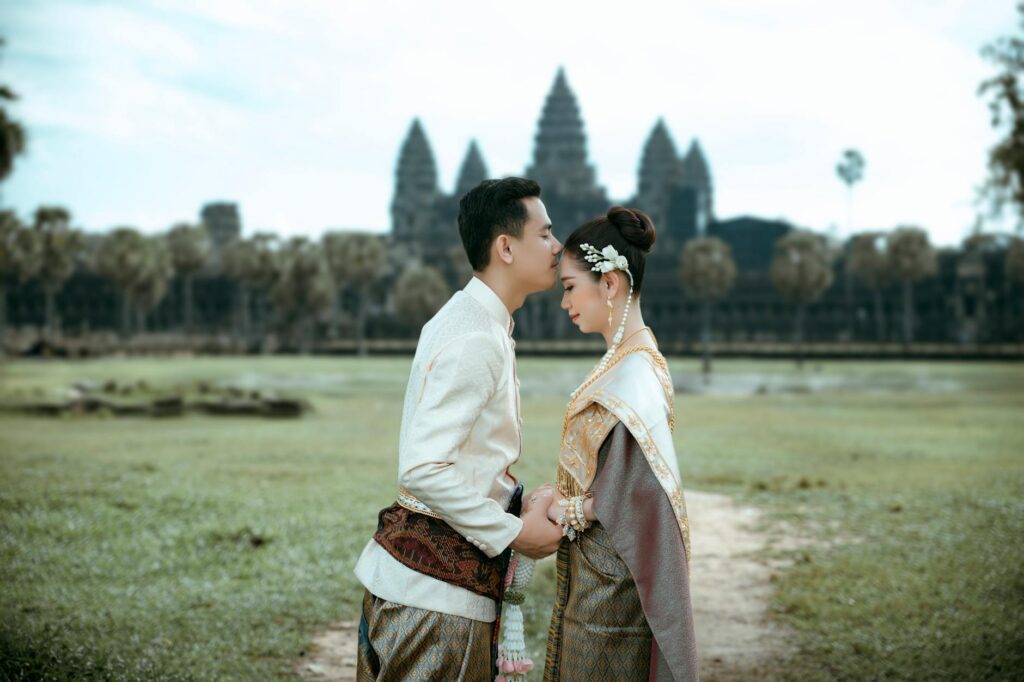Planning a trip to the magnificent Angkor Wat? Choosing the right time to visit can significantly impact your experience. From sweltering heat to monsoon rains, understanding the climate is key to making the most of your adventure. This guide will help you determine the best time to explore this incredible historical site.
The Dry Season (November to April): Peak Season
The dry season offers the most pleasant weather for sightseeing. Expect sunny days, low humidity, and comfortable temperatures, ideal for exploring the vast temple complex. This is peak tourist season, so be prepared for crowds and higher prices. 
November to February: The Sweet Spot
These months offer a near-perfect balance of pleasant weather and manageable crowds. The heat is less intense than later in the dry season, and you’ll still have plenty of sunshine. This is often considered the best time to visit Angkor Wat for the optimal travel experience. Learn more about navigating the crowds.
March to April: Hot and Crowded
As the dry season progresses, temperatures rise, and the crowds swell. While you’ll still have beautiful weather, be prepared for more intense heat and larger tour groups. Staying hydrated is crucial during this period. 
The Wet Season (May to October): Shoulder Season
The wet season brings heavy rainfall and increased humidity. While it may seem less appealing, it also means fewer crowds and lower prices. If you don’t mind occasional showers and are prepared for potential travel disruptions, this can be a surprisingly rewarding time to visit. Check the weather forecast before you go.
May to June: Relatively Dry
The beginning of the wet season often sees fewer showers than the months that follow. You might experience short bursts of rain, but this period offers a pleasant balance of fewer tourists and tolerable weather. [IMAGE_3_HERE]
July to October: Heavier Rainfall
Expect more intense and frequent rainfall during these months. Some temples might be temporarily inaccessible due to flooding, and outdoor activities may be disrupted. However, the lush greenery makes for stunning photography opportunities. Discover hidden gems in Angkor.
What to Pack
Regardless of the time of year, packing appropriately is essential. Lightweight, breathable clothing, comfortable shoes, sunscreen, insect repellent, and a hat are crucial. Don’t forget a raincoat during the wet season! Find recommended packing lists online.
Beyond Angkor Wat
While Angkor Wat is the star attraction, Siem Reap offers many other enriching experiences such as exploring the local markets, enjoying delicious Khmer cuisine, and visiting other magnificent temples in the Angkor Archaeological Park. Read about other temples to visit. [IMAGE_4_HERE]
Ultimately, the best time to visit Angkor Wat depends on your priorities. Weigh the pros and cons of the dry and wet seasons, considering your tolerance for heat, crowds, and rain. With careful planning, your trip will be unforgettable, regardless of when you go.
Frequently Asked Questions
What is the hottest time to visit Angkor Wat? March and April are typically the hottest months.
Is it possible to visit Angkor Wat during the wet season? Yes, it’s possible, but be prepared for rain and potential travel disruptions. Learn more about travel during the rainy season.
How crowded is Angkor Wat during peak season? Very crowded. Expect long queues and busy areas, especially at sunrise and sunset.
What are the average temperatures throughout the year? Temperatures vary, but generally range from 70°F (21°C) to 95°F (35°C).
What is the best time to avoid the crowds? The shoulder seasons (May-June and September-October) offer a good balance between fewer crowds and pleasant weather.

